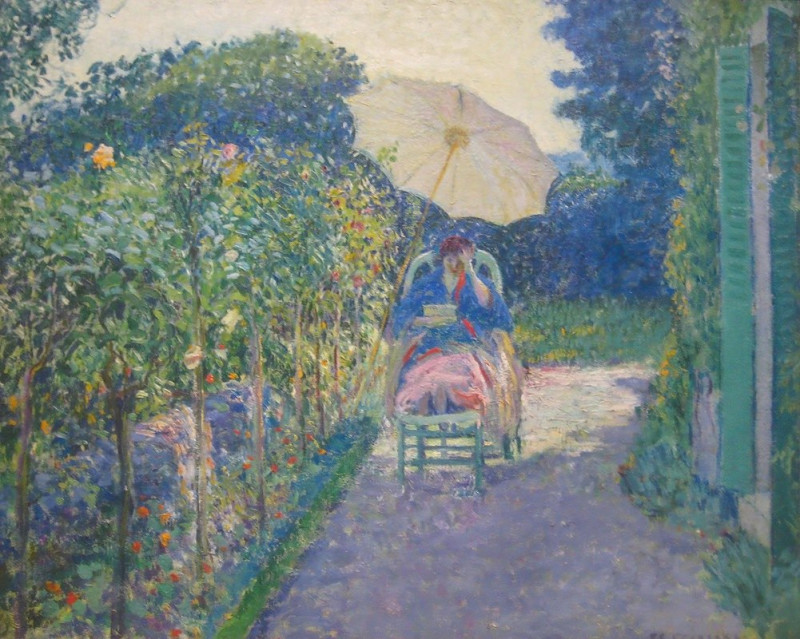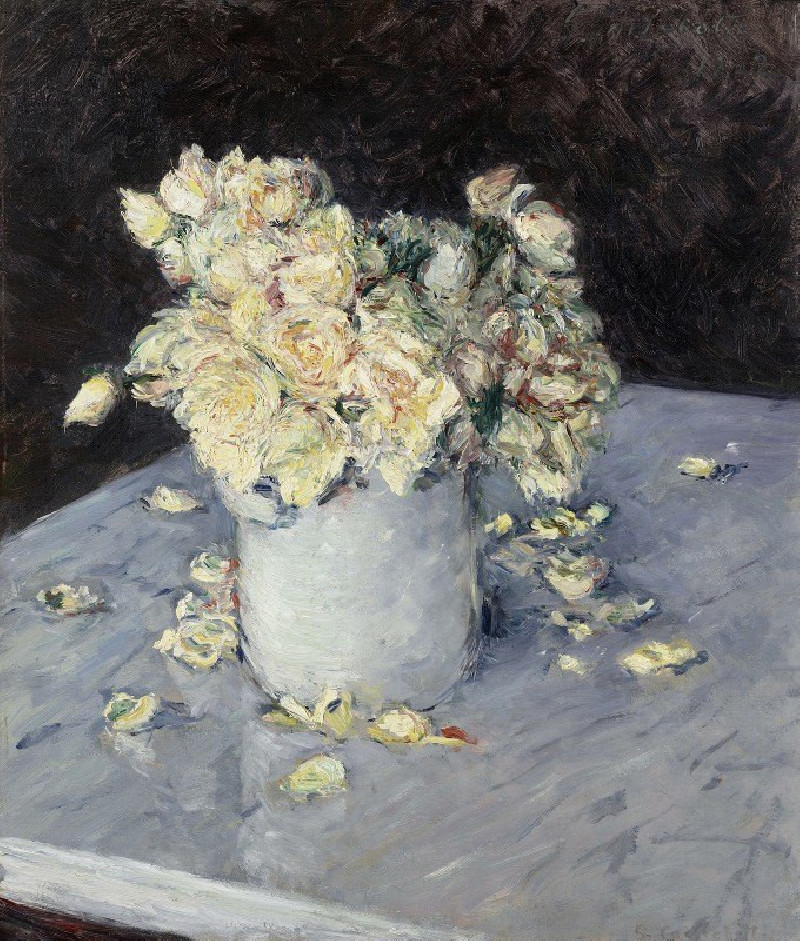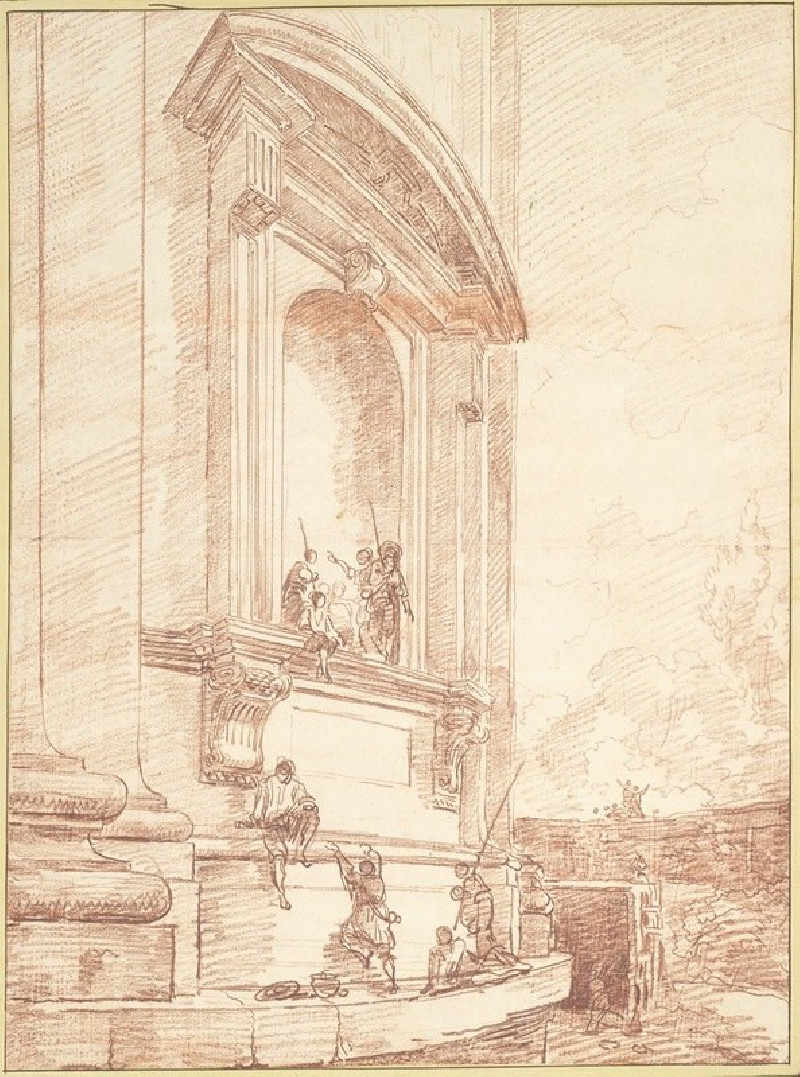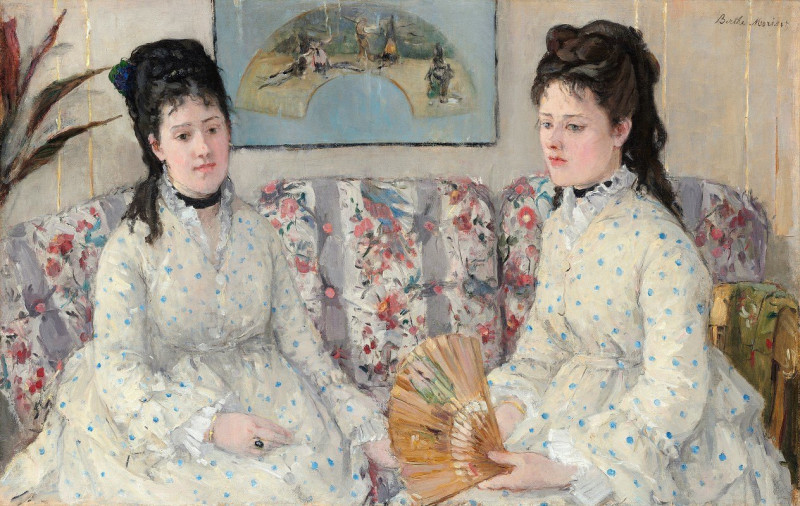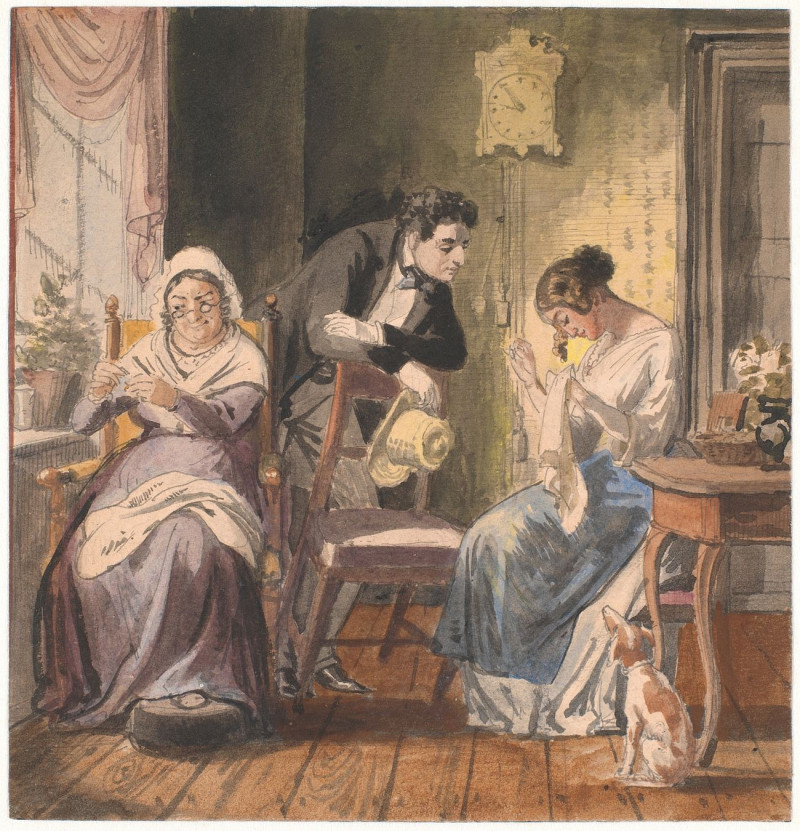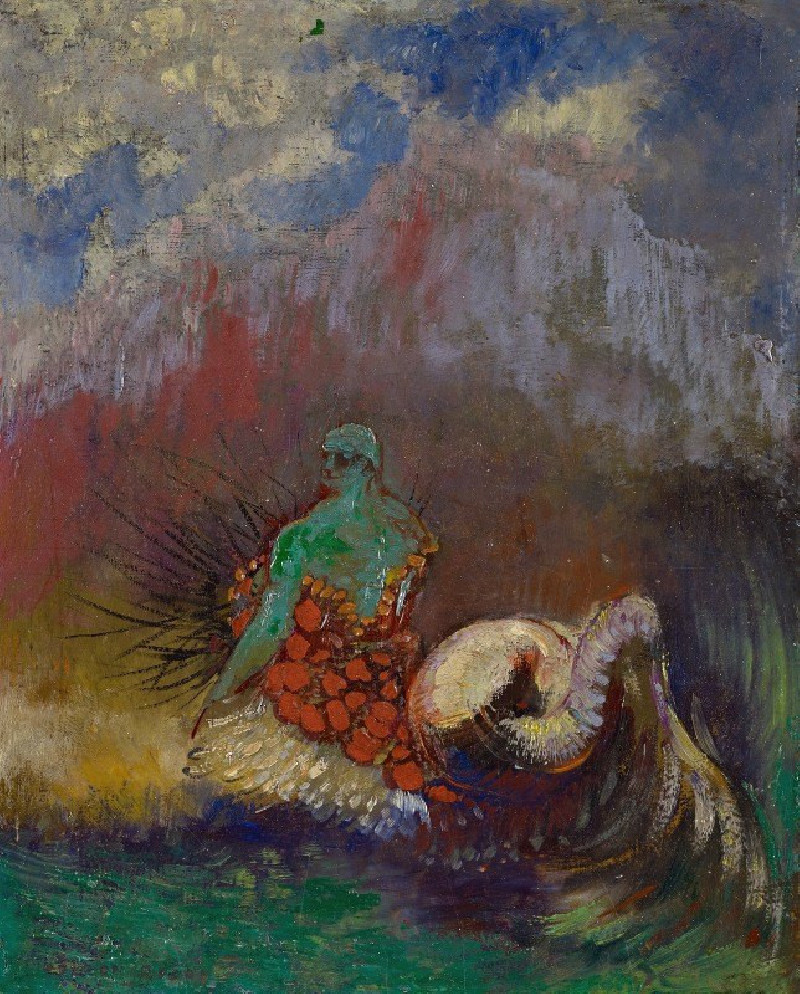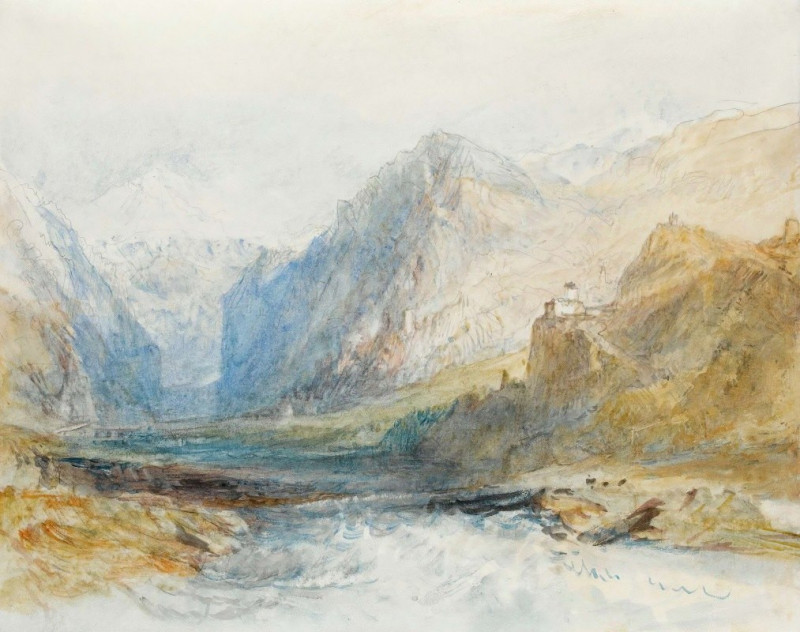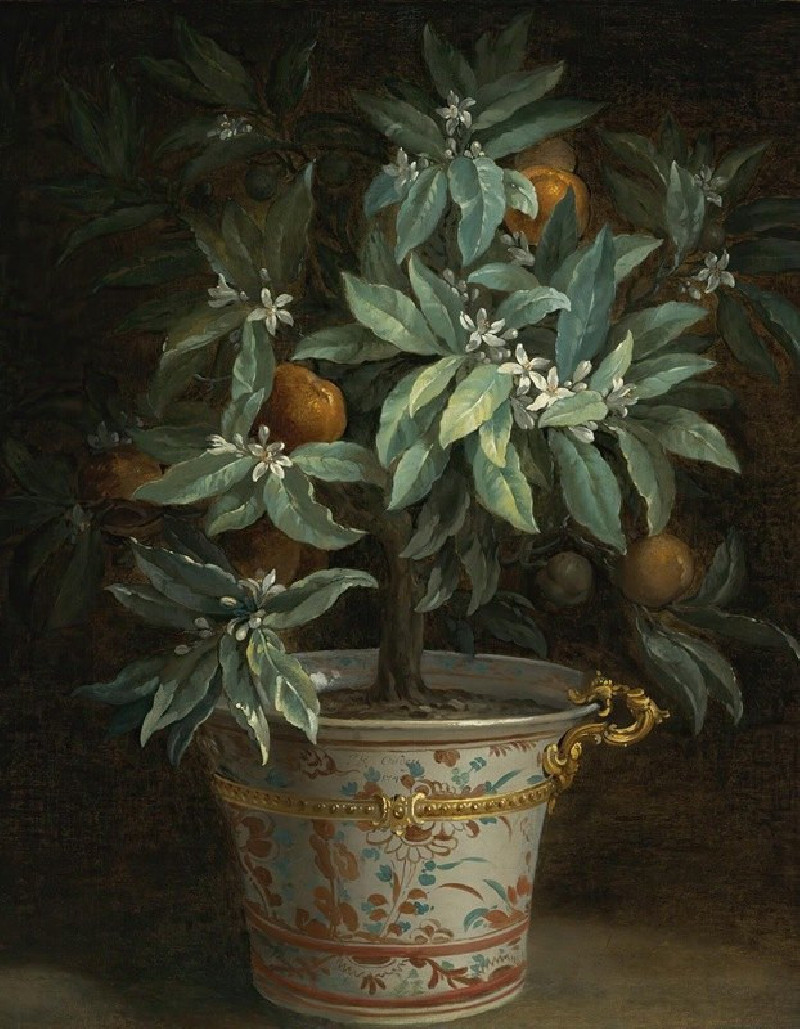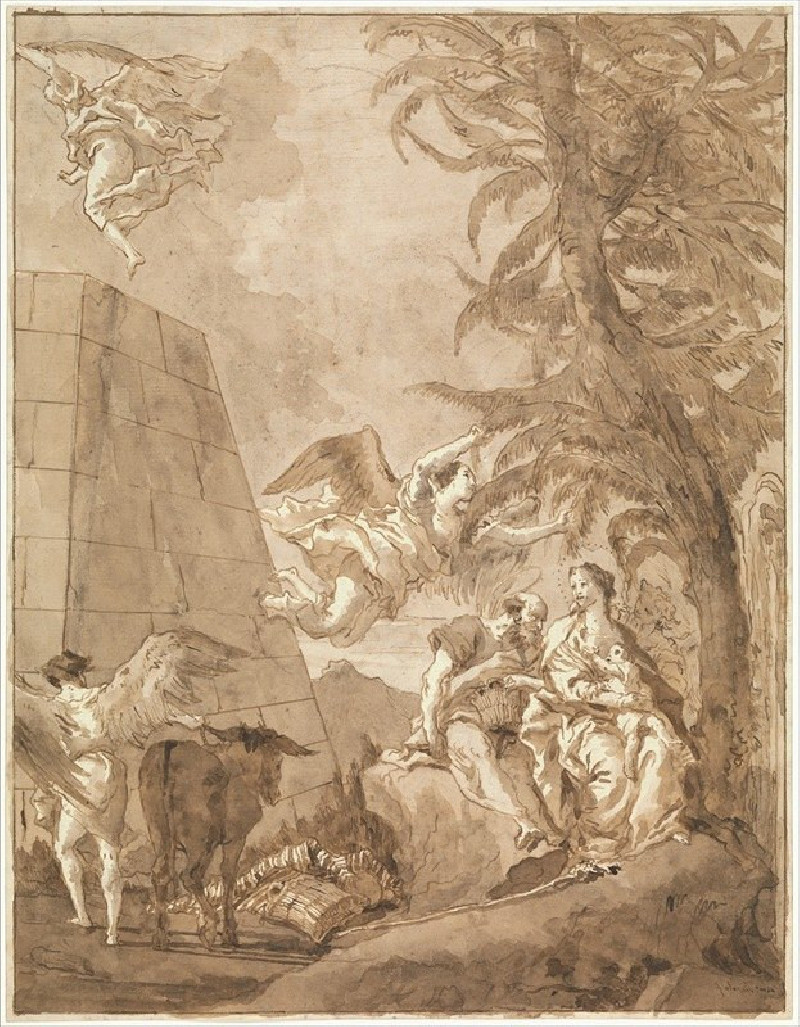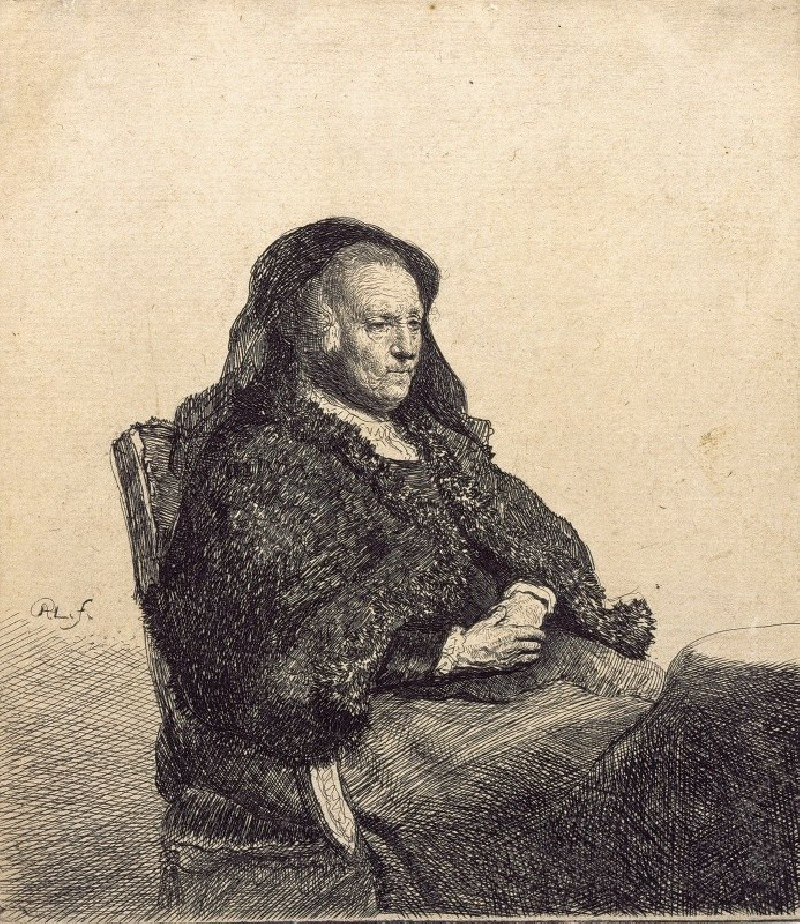Prairie À Éragny (1886)
Technique: Giclée quality print
Recommended by our customers
More about this artwork
Welcome to a picturesque voyage into the tranquil rural life through Camille Pissarro’s masterpiece "Prairie À Éragny." Painted in 1886, this exquisite piece captures the essence of harmony and pastoral serenity of Éragny, a place where Pissarro spent much of his later years.In this stunning depiction, observe how Pissarro masterfully uses light and color to breath life into the landscape. The painting features a small, verdant meadow under a vast, expressive sky. The focus on natural elements like the delicate tree standing prominently at the forefront, alongside the scattering of warm autumnal hues across the meadow, invites the viewer to appreciate the rustic simplicity. In the background, one can see small houses nestled amid rows of lush trees, suggesting a harmonious coexistence of man and nature.Pissarro's technique of loose brush strokes creates a vibrant texture that makes the scene pulse with vitality. The gentle play of light across the canvas evokes a sense of peace and timeless beauty, characteristic of Pissarro’s mature works."Prairie À Éragny" not only reflects Pissarro's deep attachment to the rural landscapes but also exemplifies the core ideals of the Impressionist movement—depicting the natural world with freshness, spontaneity, and a shifting light. This painting is a serene retreat into nature, immortalizing the calm and beauty of the French countryside.
Delivery
Returns
Blessed are they who see beautiful things in humble places where other people see nothing. — Camille Pissarro
Camille Pissarro (1830-1903) was born on St.Thomas (now the US Virgin Islands) to a Portuguese father and a Dominican mother. He went to Paris to study art at Ecole des Beaux-Arts. He was an early pioneer of pointillism and neo-impressionism and later became a mentor of many famous impressionist painters including Cezanne, Manet, Renoir, and Gauguin. His paintings depicted rural and urban French landscapes and lifestyle. Many of his works politically captured images of peasants and laborers. Today, he is considered the father of impressionism.
































